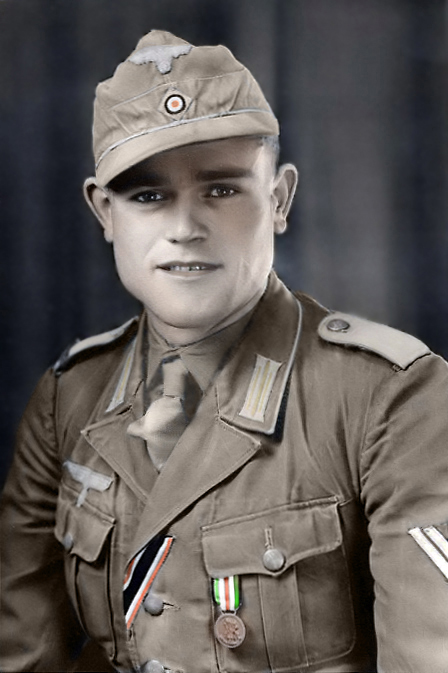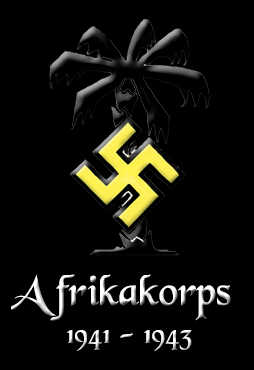

The Afrika Korps formed upon Adolf Hitler's personal orders on 11 January 1941. Hitler picked Erwin Rommel to be their commander on 12 February 1941 (Rommel himself landed on African soil in Libya on 14 February 1941 to begin leading his forces that would be brought into action). The German Armed Forces High Command (Oberkommando der Wehrmacht, OKW) and Army High Command (Oberkommando des Heeres, OKH) had decided to send a "blocking force" (Sperrverband) to Libya to support the Italian army. The Italian army group had been routed by the British Commonwealth Western Desert Force in Operation Compass (9 December 1940 – 9 February 1941). The German "blocking force", commanded by Rommel, at first consisted of only the 5./leichte "Afrika" Panzer Regiment, which was quickly cobbled together from the second regiment of the 3./Panzer Division and various other small units attached for water treatment and medical care. These elements were organized into the 5th Light Division when they arrived in Africa from 10 February - 12 March 1941. In late April and into May, the 5th Light Division was joined by transference of the various elements constituting the 15th Panzer Division from Italy, though it did not completely arrive until after Rommel had made a counter-offensive and re-taken most of Cyrenaica and then subsequently gone back over to the defensive. At this time, the Afrikakorps consisted of the two divisions plus various smaller supporting units, and was officially subordinated to the Italian chain of command in Africa (though Rommel had conducted his offensive without any authorization).
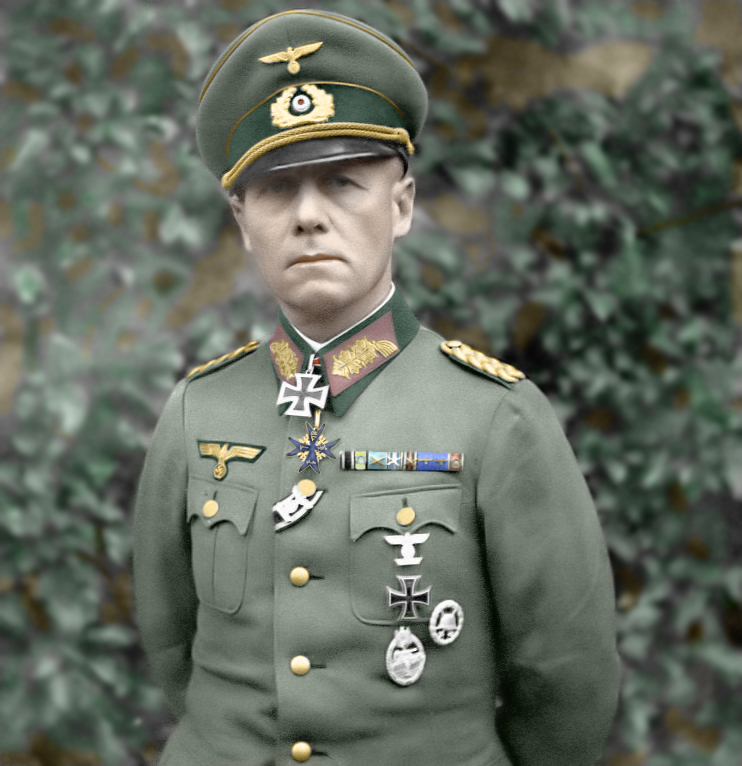
Erwin Rommel
(15th November 1891 - 14th October 1944)
On 15 August 1941, the German 5./leichte "Afrika" Division was redesignated 21st Panzer Division (commonly written as 21./PD), still attached to the enlarged entity still known as the Afrikakorps.
During the summer of 1941, the OKW and OKH invested more command structure in Africa by creating a new headquarters called Panzer Group Africa (Panzergruppe Afrika). On 15 August, Panzer Group Africa was activated with Rommel in command, and command of the Afrikakorps was turned over to Ludwig Crüwell. The Panzer Group controlled the Afrikakorps plus some additional German units that were sent to Africa, as well as two corps of Italian units. (A German "group" was approximately the equivalent of an army in other militaries, and in fact, Panzer Group Africa was redesignated as Panzer Army Africa (Panzerarmee Afrika) on 30 January 1942.)
After the defeat at El Alamein and the Allied landings in Morocco and Algeria Operation Torch, the OKW once more upgraded its presence in Africa by creating the XC Army Corps in Tunisia on 19 November 1942, and then creating a new 5th Panzer Army headquarters there as well on 8 December, under the command of Colonel-General Hans-Jürgen von Arnim.
On 23 February 1943, Panzer Army Africa (now called the German-Italian Panzer Army)—was redesignated as the Italian 1st Army and put under the command of Italian general Giovanni Messe, while Rommel was placed in command of a new Army Group Africa (Heeresgruppe Afrika), created to control both the Italian 1st Army and the 5th Panzer Army. The remnants of the Afrikakorps and other surviving units of the 1st Italian Army retreated into Tunisia. Command of the Army Group was turned over to von Arnim in March. On 13 May, remnants of the Afrikakorps surrendered, along with all other remaining Axis forces in North Africa.
![]()
Campagian Decorations and Awards
"Afrikakorps" Cuff Title
In an order dated 18th July 1941, Generalfeldmarschall Walther von Brauchitsch authorized the wearing of an official "Afrikakorps" cuff title by members of the DAK fighting in North Africa.
Although not a campaign decoration, the "Afrikakorps" cuff title was worn with great pride by the members of the DAK and considered by most as one. It was most likely the pride shown in the wearing of the title that gave Hitler the idea of introducing the "Afrika" cuff title as the official campaign decoration for his forces in North Africa.
Award criteria
A minimum of two months service in Afirca was required before an individual was permitted to wear the "Afrikakorps" cuff title.
Regulations for wear
To be worn approximately 15cm from the bottom of the lower right sleeve on both tropical and field blouse.
approximately 1cm above the right sleeve cuff on the greatcoat
approximately 7.5cm above the field-grey tunic's right sleeve cuff
The wearing of the cuff title was permitted when wearing the field-grey tunic on leave in Europe, and on the tropical uniform in the summer months when on leave in Europe.
All personnel who transfered out of the North African theatre had to remove the cuff title from all uniforms.

"Afrikakorps" cuff title
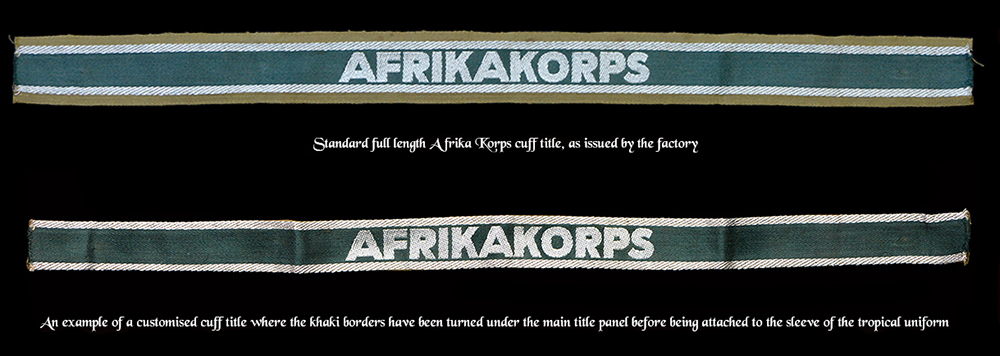
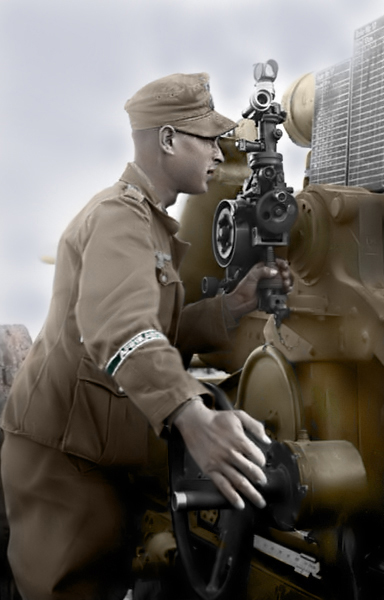
Customised "Afrikakorps" cuff title in wear
"Afrika" Cuff Title
On the 15th January 1943, Adolf Hitler ordered the introduction of the "Afrika" cuff title as a campaign decoration for the three brances of the the Wehrmacht on operations in Northern Africa.
Award criteria
At least six months service on African soil was required
Being wounded in the North Africa campaign
The contraction of an illness while serving in the North Africa campaign which needed the individual to be evacuated to a hospital in Europe, the individual to have served for three months prior to contracting the illness.
Regulations for wear
approximately 16cm above the bottom of the left feld blouse sleeve for NCO's and men
1cm above the left cuff on the greatcoat

"Afrika" cuff title
Award Documents
(urkunde)
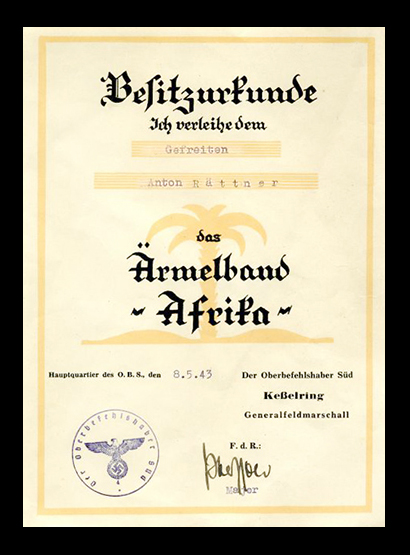
Official award document
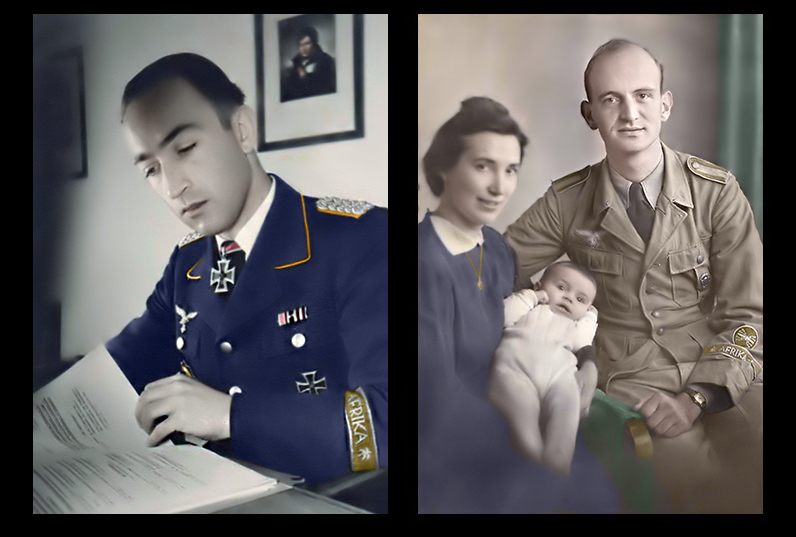
"Afrika" cuff title in wear
Italo-German Campaign Medal in Africa
(Medaille fur den Italienisch-Deutschen Feldzug in Afrika)
(Medaglia commemorativa della campagna italo-tedesca in Africa settentrionale)
The "Italo-German Campaign Medal in Africa" medal was designed by De Marchis and was instituted by the Italian Government to reward the achievements of the "Afrikakorps". The medal was awarded only to German troops.
The first presentations took place in 1942.
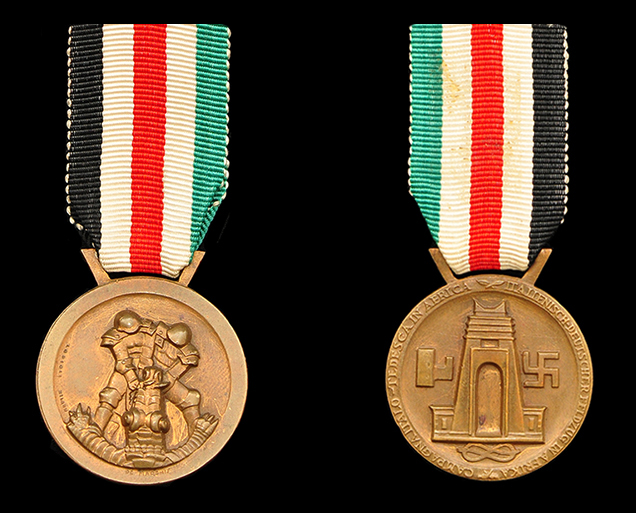
Italo-German Campaign Medal in Africa
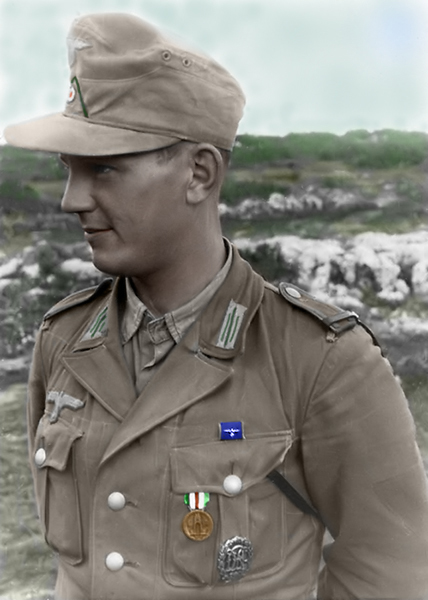
A member of the DAK wearing his Italo-German Campaign Medal
Due to Italy's withdrawal from the war and subsequent surrender, the wear of all Italian awards was prohibited in orders dated 29th March 1944. Specific mention is made of the Italo-German Campaign Medal.
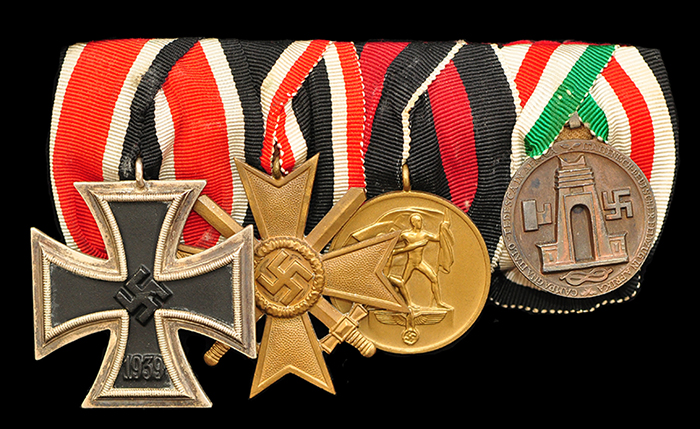
Parade bar with Iron Cross 2nd class, KVk with Swords, The October 18th 1938 Sudetenland Commemorative Medal and Italo-German Campaign Medal
(Any pre 1944 parade medal bars or ribbon bars found with Italo-German Campaign Medals should be considered as scarce to rare)
